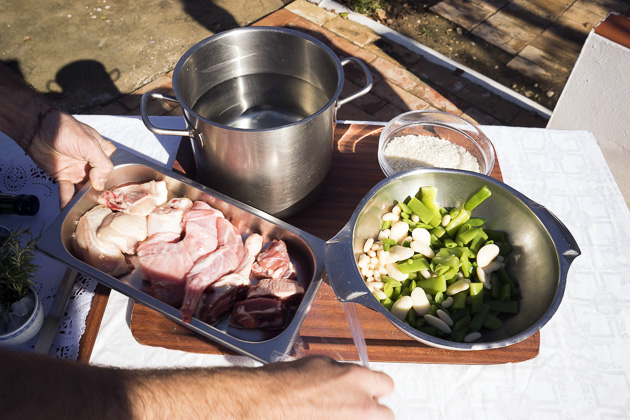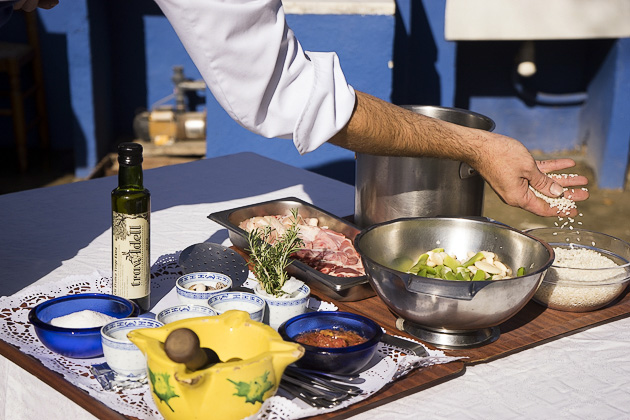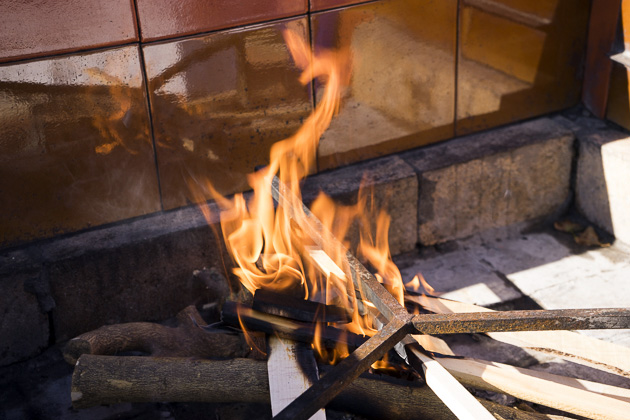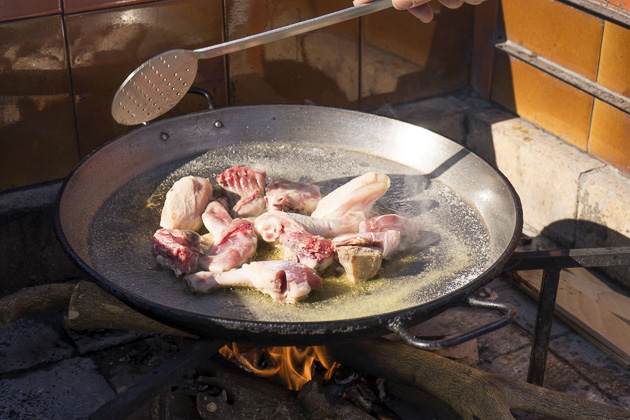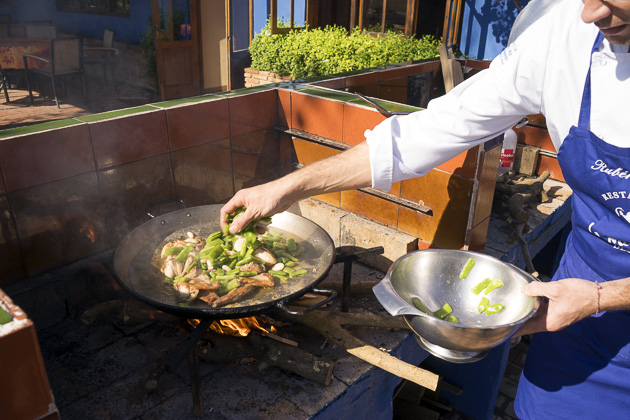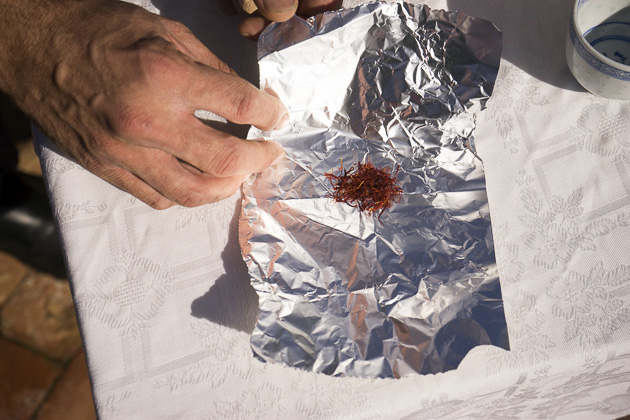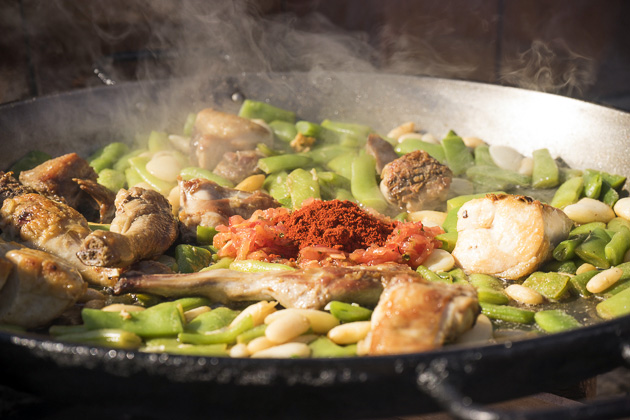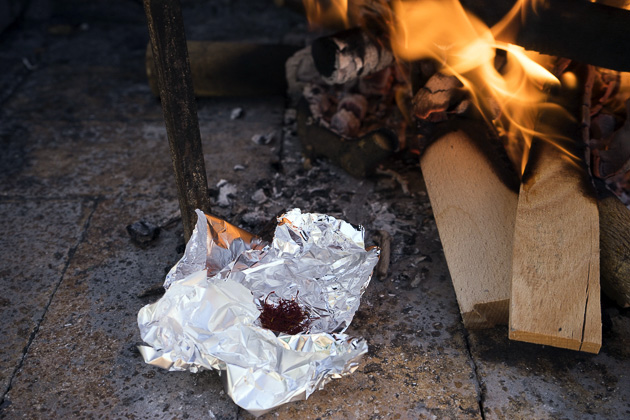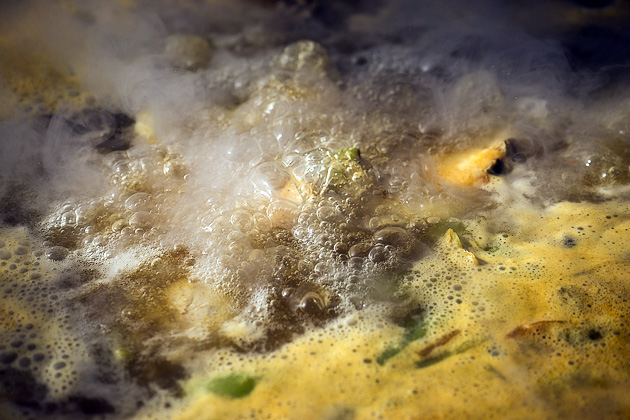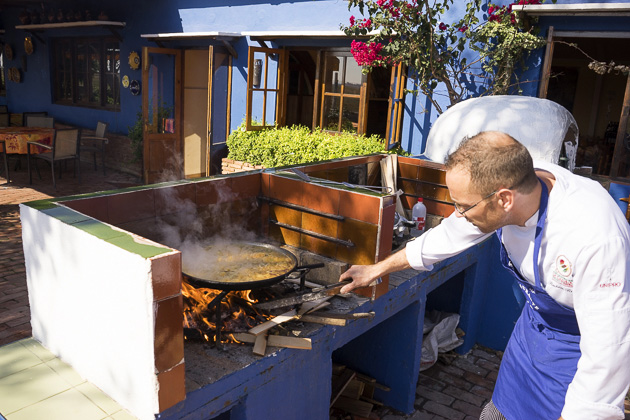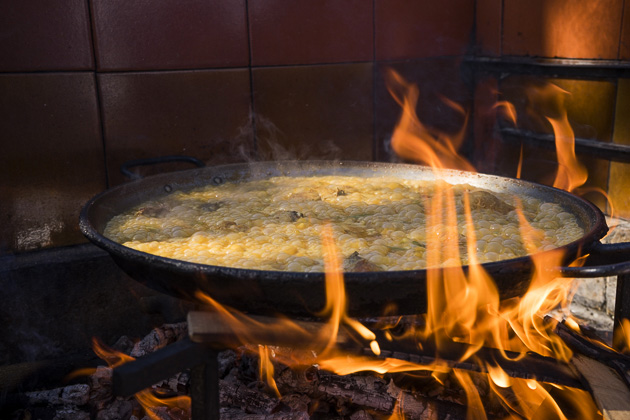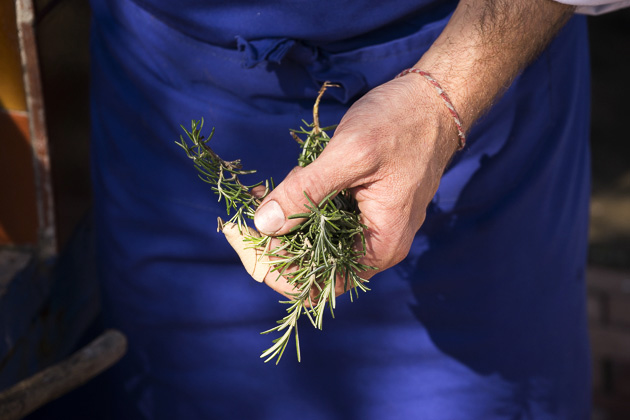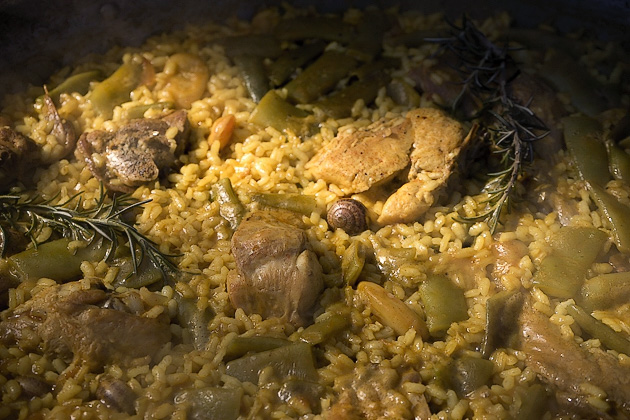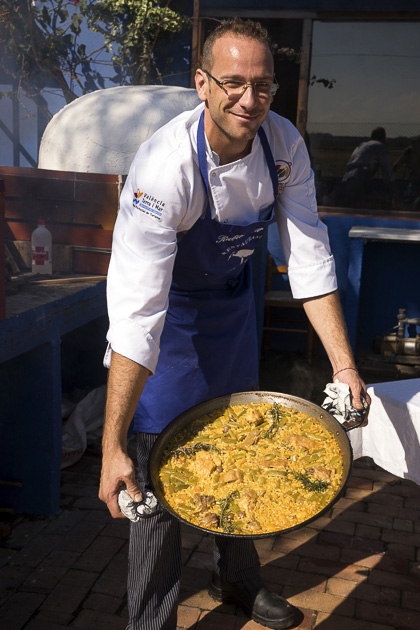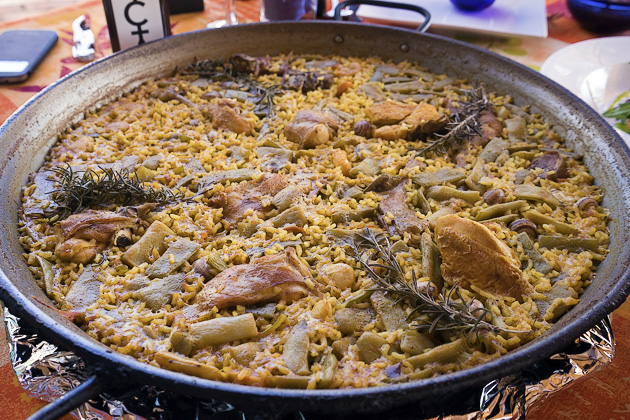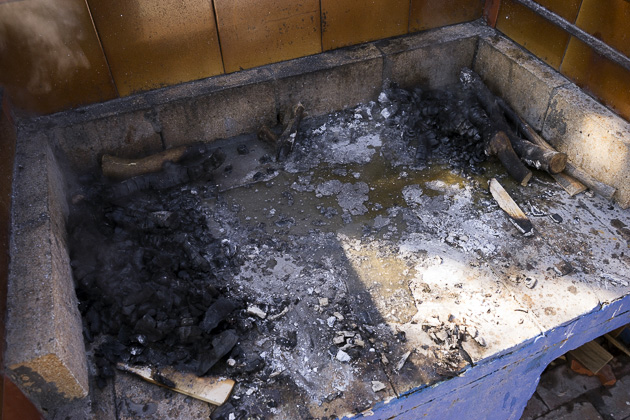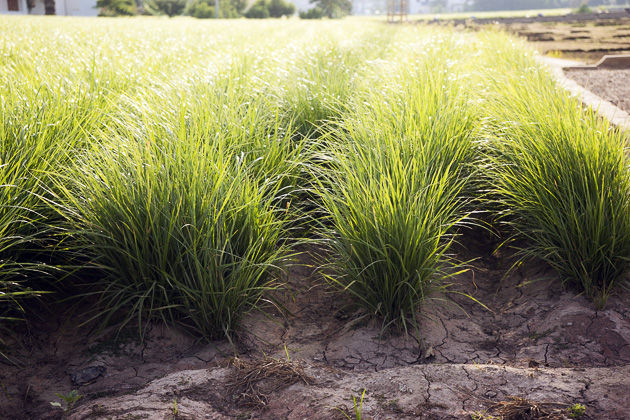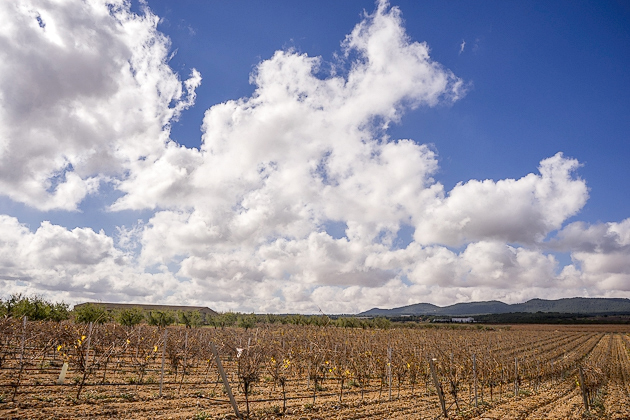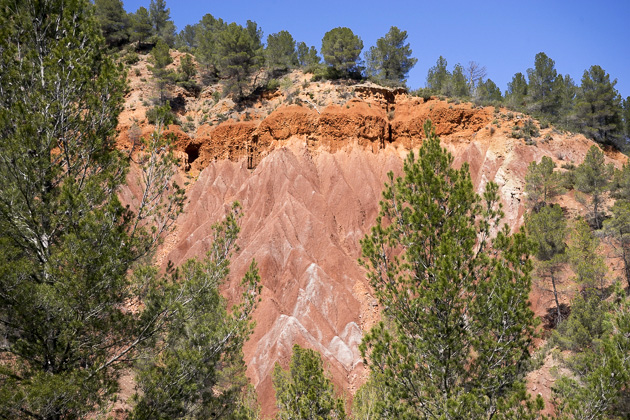Making Paella at La Matandeta
A humble meal originally from the rice fields of Valencia, paella has become the most emblematic dish of Spanish cuisine, and is now served in restaurants across the world. But for our money, the best is still made in the Comunidad Valenciana. We visited La Matandeta, a popular restaurant near the Albufera, to learn how the perfect paella is made.
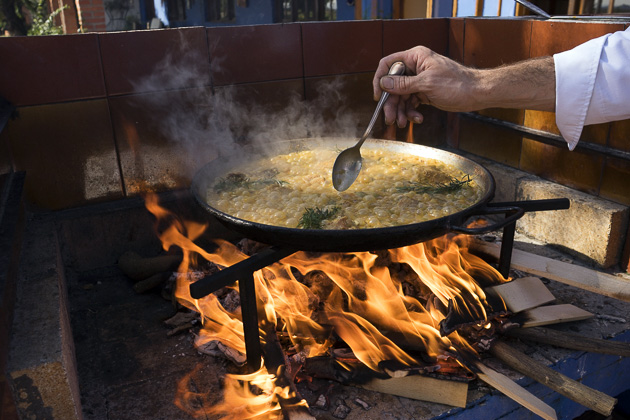
The exact origins of paella are murky, but the dish (or something similar to it) probably emerged during Moorish rule over Valencia, when irrigation was introduced and rice became a staple food of the region. Traditionally, this was a meal for poorer families, who would add readily-available vegetables and meat to their paellera: a wide, shallow, flat pan. The ingredients and preparation surely changed over the centuries, until the dish which is today considered the classic Valencian paella emerged at some point in the 19th century.
We’ve learned the hard way that paella is something Valencians take seriously. Not long ago, we bought a paellera and a treble (a three-legged paella stand), and invited some friends over to watch us cook. Throwing the ingredients into the pan, we got cracking, thinking that we were doing pretty good. We had watched a short instruction video, after all! But we had made one fatal mistake: the friends we had invited were Valencians. And every time we added some non-traditional ingredient, used the wrong measurements or performed steps in the wrong order, they groaned in outrage and panic.
Later, they would agree that our meal was at least edible. “But please, don’t call it paella valenciana.”
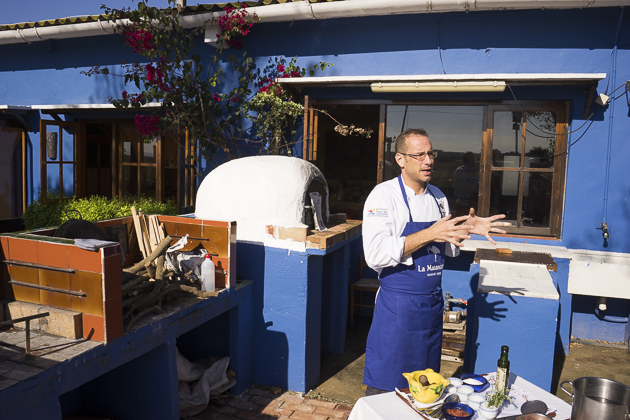
Duly chastened, we decided that it was time to seek expert advice, and got in touch with La Matandeta, a restaurant on the edges of the Albufera lagoon, in the rice fields south of the city. What better place to learn about paella, than the area in which it was born?
Twenty-four years ago, María Dolores and her husband Rafa decided to convert her family’s old farmhouse into a restaurant. María’s great-grandfather had been a “matandero” of the Albufera, whose job it was to pass out irrigation turns to the farmers. The name “matandero” comes from the Valencian word “tanda,” meaning “turn,” because the water-seeking farmers would frequently show up at his door to ask, “Quan m’atanda?” (When is it my turn?)
Although it’s not old, La Matandeta has already gained an impressive reputation, even managing to lure Mario Batali and Gwyneth Paltrow for their popular mini-series Spain on the Road Again. The clip set in La Matandeta is worth watching for the performance of María’s gruff and silent father; if he understood how famous Gwyneth Paltrow was, it certainly didn’t seem to faze him.
María’s father has sadly passed on, but the reins have been passed down to her son-in-law Rubén, another master paella chef. He led us outside to the grill pit and began preparing a fire of orange wood, while we examined the ingredients. Today we’d be making an ultra-authentic Valencian paella. There were three types of meat (chicken, duck, rabbit), and three types of beans (ferradura, garrafón, tavella). Also present were salt, saffron, paprika, garlic, rosemary, tomato, and a small bowl of snails. And of course, water and rice.

We watched closely and with growing shame as Rubén managed the fire, slowly adding ingredients to the pan. Our outraged Valencian friends had been right: the way we had made paella had been a sad perversion of the real thing. A true paella takes up to two hours to cook. There’s no need to add chicken broth, as we had thought. And the dish’s beautiful orange-yellow color can be achieved without a coloring agent, which is the trick used by most restaurants.
Most importantly, we learned that a real paella has to be cooked over flame. With gas, it’s impossible to manage the heat with the precision and attention that Rubén was employing. Watching him work was like watching a master conductor direct an orchestra — bringing all the ingredients in at the correct time, and adjusting the intensity of the flame in search of the perfect tempo. Rubén even mentioned that the sounds of the bubbling broth and crackling wood are like music to the ears of a cook.
Watching the paella’s creation was a pleasure, but the best part of the day was sitting down to eat it. Before digging in, we had the chance to try an “olive oil tasting.” Just like a wine-tasting, it’s possible to appreciate the characteristics of different oils. María’s husband Rafa is a frequent judge at olive oil competitions, and occasionally runs workshops in Valencia. And now, mouths properly lubricated, we could move onto the main course. The paella was as delicious as it looked; quite possibly the best we’ve ever had.
Given its rural setting, La Matandeta isn’t too busy during the week, but make sure to reserve in advance if you’re hoping to visit on the weekend. If you only have a single paella during your time in Valencia, this is one we can recommend.
Location of La Matandeta on our Map
La Matandeta – Website



